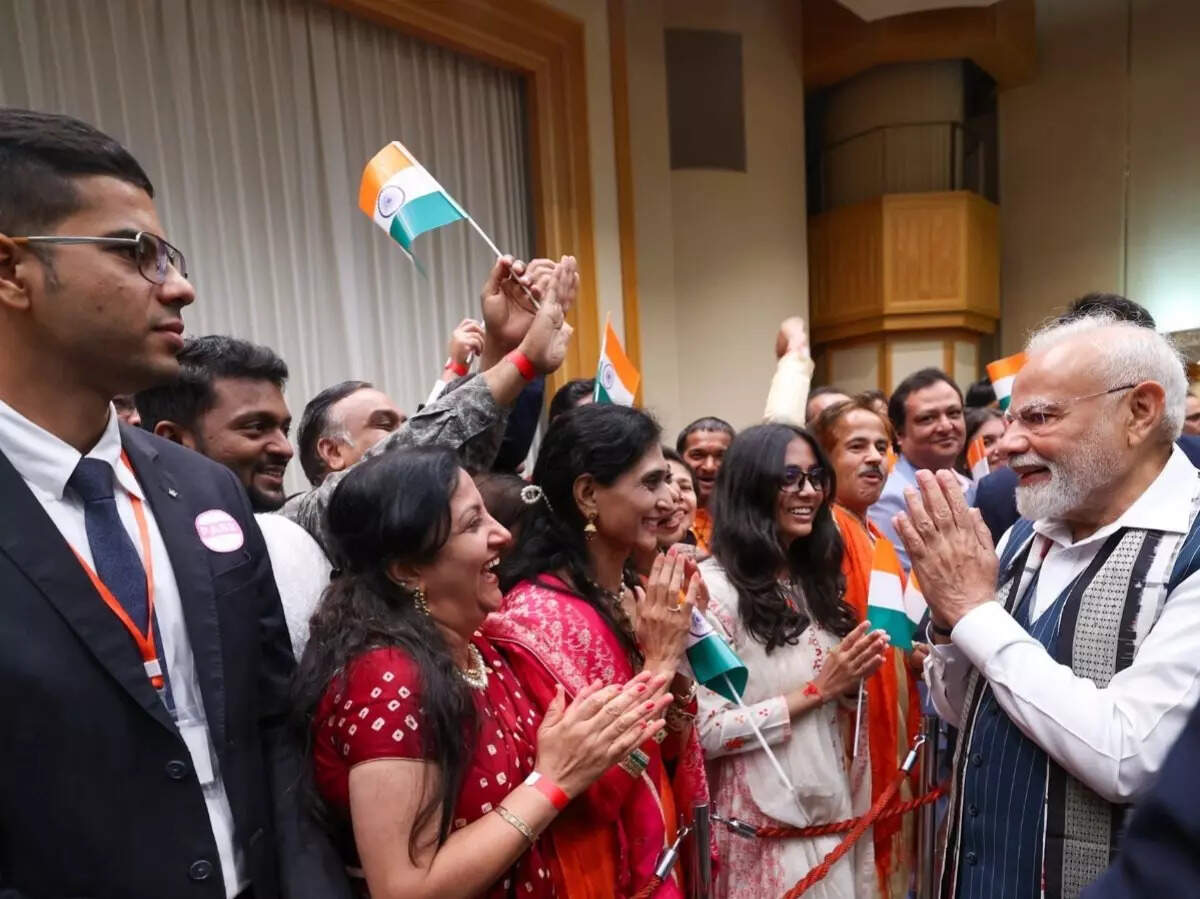
Prime Minister Narendra Modi began his two-day official visit to Japan on August 29, starting his eighth trip to the country as Prime Minister. During the visit, he is expected to speak at the 15th India-Japan Annual Summit and meet his Japanese counterpart Shigeru Ishiba. The discussions are expected to strengthen the Special Strategic and Global Partnership, with a focus on investment, defence, technology, and trade. This visit is also taking place at a time of trade tensions between India and the United States over tariffs.
Investment commitments and economic cooperation
A major highlight of the talks is Japan’s plan to double its investment target in India. Prime Minister Modi is expected to secure pledges of over ¥10 trillion (about $68 billion) from Japan. The two countries are also likely to unveil agreements covering trade, investment, defence, and science and technology. An economic security pact is on the agenda, which will include cooperation on semiconductors, artificial intelligence, and critical minerals.東京におけるインド人コミュニティの温かさに深く感銘を受けました。日本社会に大きく貢献しながら、我々の文化的ルーツを守り続けているその姿勢は、まさに称賛に値します。… pic.twitter.com/mdicwTbjC5
– Narendra Modi (@narendramodi) August 29, 2025
Address to Japanese business leaders
At the India-Japan Economic Forum in Tokyo, PM Modi described India as a “powerhouse of talent” and invited Japanese businesses to invest. “Come make in India, make for the world,” he said, underlining India’s role as a global hub for manufacturing and innovation. He also stressed that India was being counted on globally as an investment destination.
Focus on strategic partnership
The Annual Summit with Prime Minister Ishiba will be the first formal bilateral meeting between the two leaders. Both sides are expected to review progress made in defence cooperation, digital technology, climate action, and innovation under the India-Japan Special Strategic and Global Partnership. Prime Minister Modi said ahead of the visit that the two countries would “give new wings” to collaboration and expand cooperation in new and emerging technologies.
Warm welcome and diaspora ties
Upon his arrival in Tokyo, Prime Minister Modi was received by ONO Keiichi, Japan’s Ambassador to India, and Sibi George, India’s Ambassador to Japan, along with senior officials. Members of the Indian diaspora in Tokyo welcomed him with cultural performances and enthusiastic greetings. Modi later praised the Indian community in Japan for preserving cultural traditions while contributing meaningfully to Japanese society. On social media, he wrote that he was “deeply touched by the warmth and affection” shown by the diaspora.
Regional context and geopolitical angle
The visit came at a time when Japan’s trade negotiator Ryosei Akazawa cancelled a planned US visit, highlighting the challenges about delays in a $550 billion Japanese investment package aimed at addressing US tariffs. Against this backdrop, India and Japan’s strengthening of economic and security ties is seen as significant. According to India’s Ambassador to Japan, Sibi George, the two nations will discuss a wide range of geopolitical and geo-economic issues during the talks.
Addressing the India-Japan Economic Forum in Tokyo. Strong business ties between our nations are a vital element of our friendship. https://t.co/OUSvy98eJo
– Narendra Modi (@narendramodi) August 29, 2025
Next stop: China and the SCO summit
After concluding the Japan visit on August 30, Prime Minister Modi will travel to Tianjin, China, to attend the Shanghai Cooperation Organisation (SCO) Heads of State Council meeting on August 31 and September 1. He is also expected to hold a bilateral meeting with Chinese President Xi Jinping during his stay. Modi expressed confidence that both the Japan and China visits would serve India’s national interests and contribute to regional peace, security, and sustainable development.
Long-term ties between India and Japan
This is Prime Minister Modi’s eighth visit to Japan since 2014. This shows the importance New Delhi places on its partnership with Tokyo. India-Japan relations have gradually advanced from being a Global Partnership in 2000, to a Strategic and Global Partnership in 2006, and a Special Strategic and Global Partnership in 2014. The Annual Summits during former Prime Minister Shinzo Abe’s tenure played a key role in strengthening these ties.

